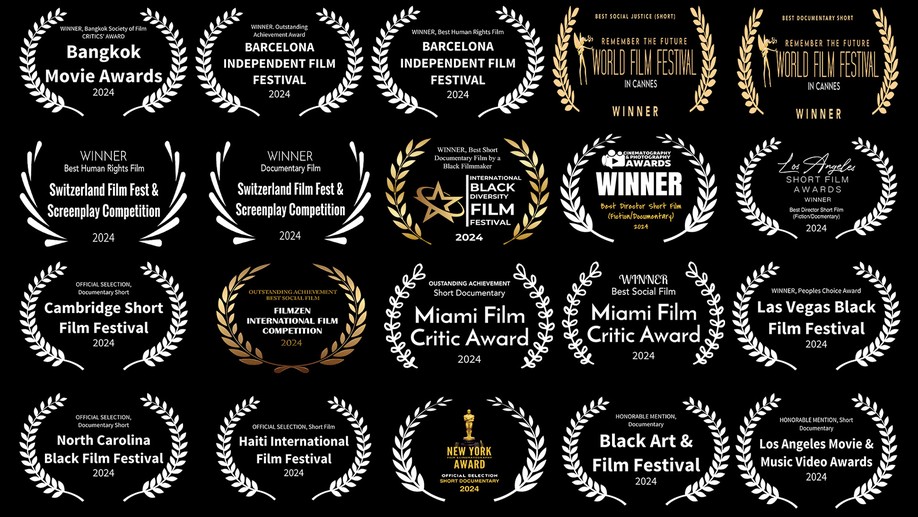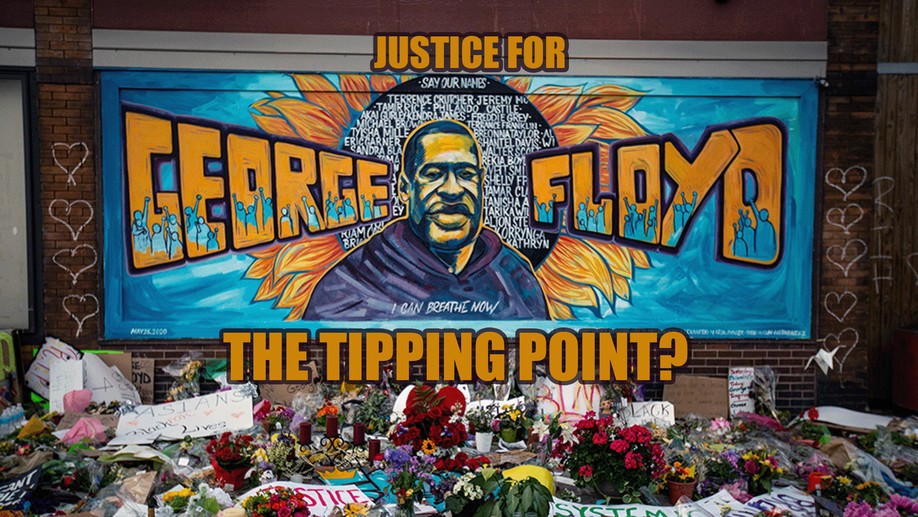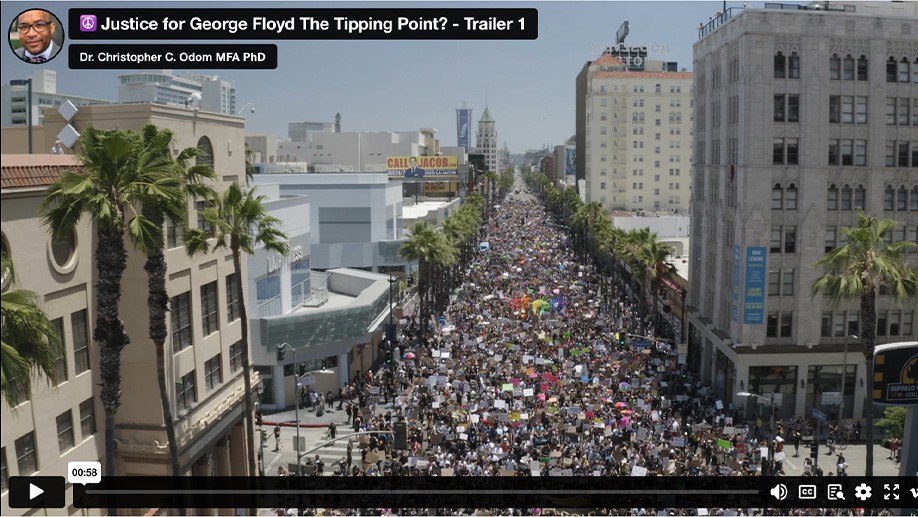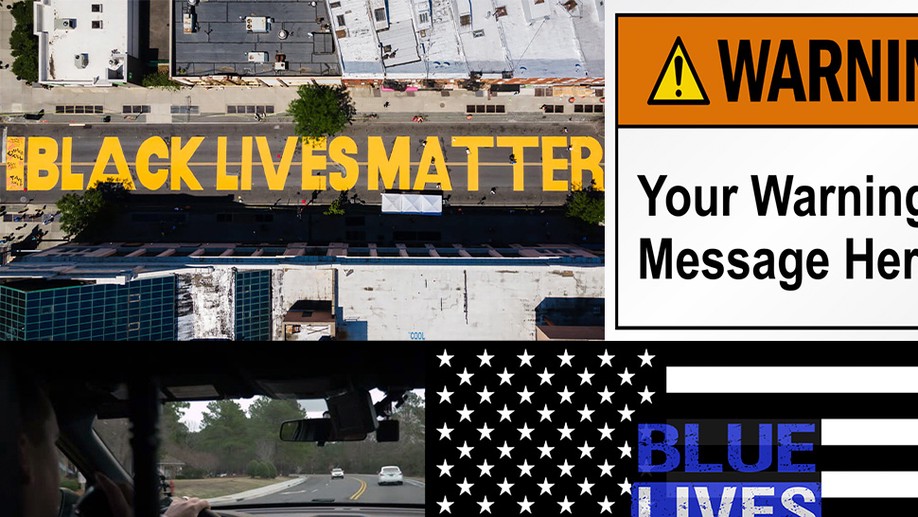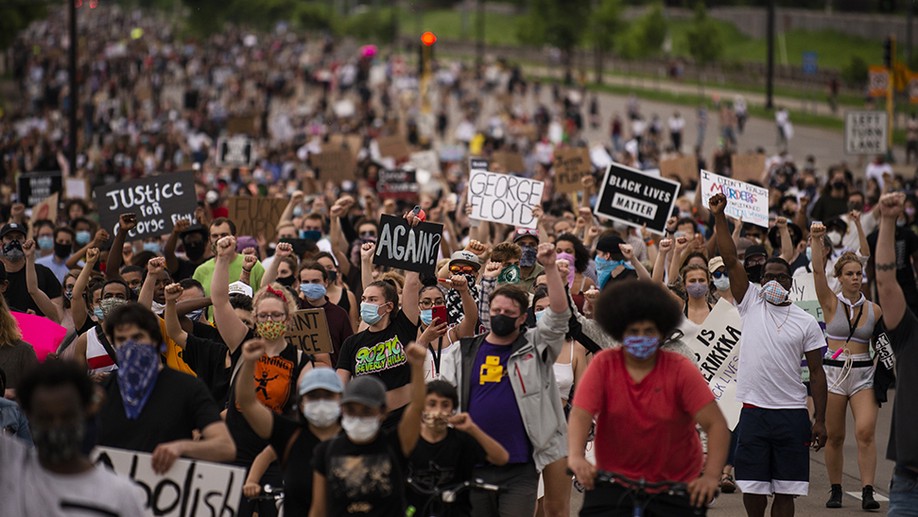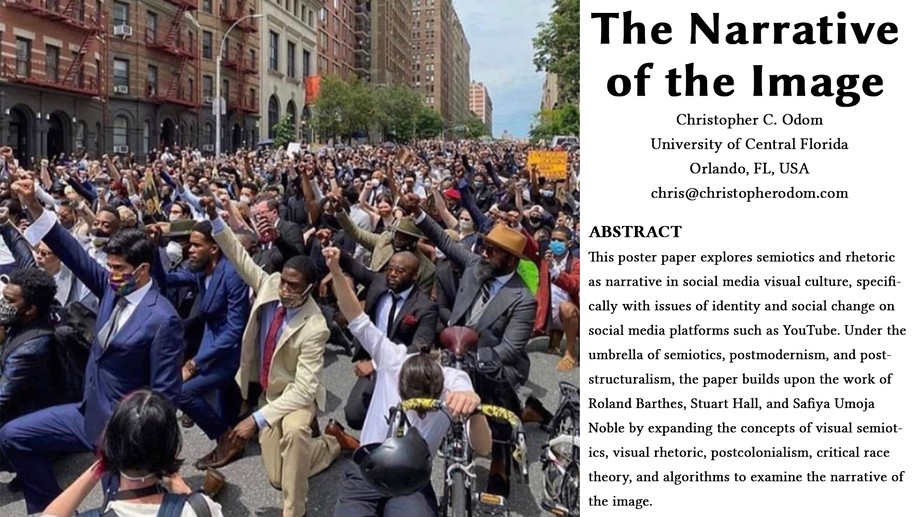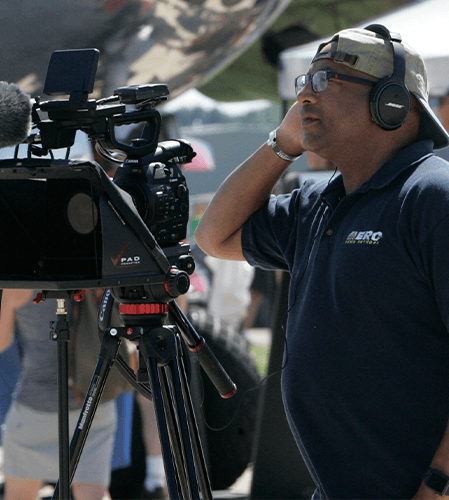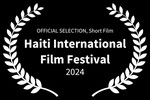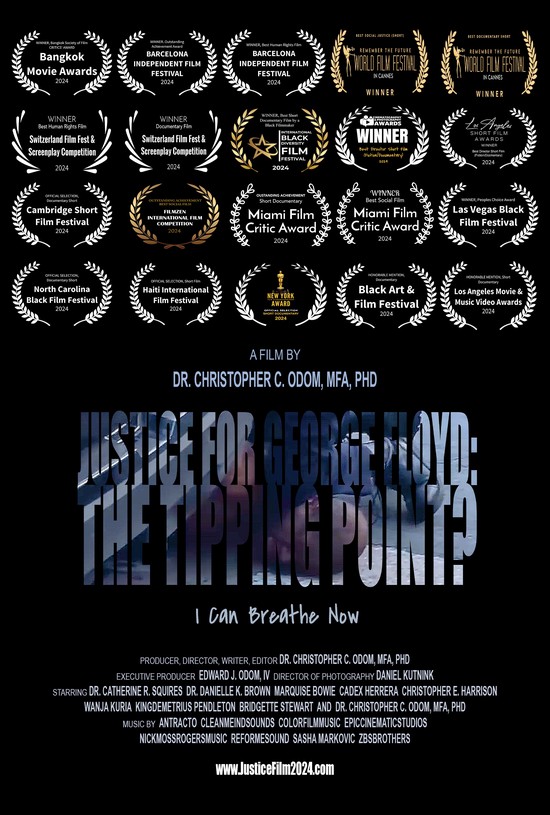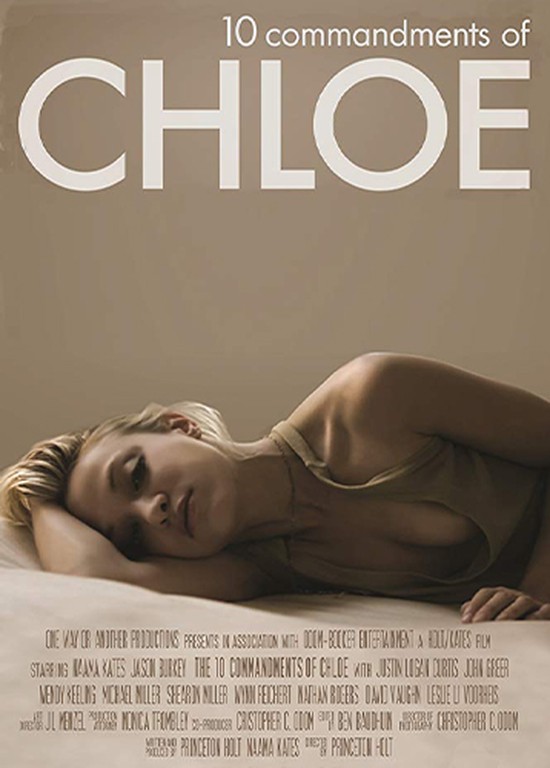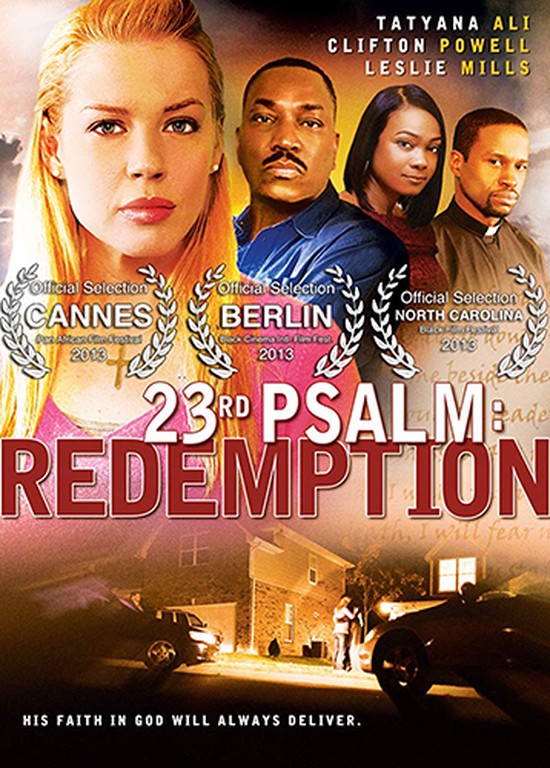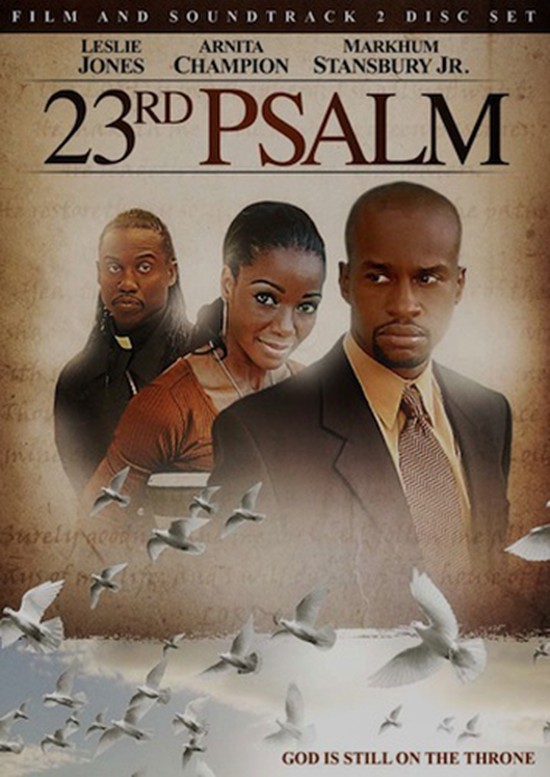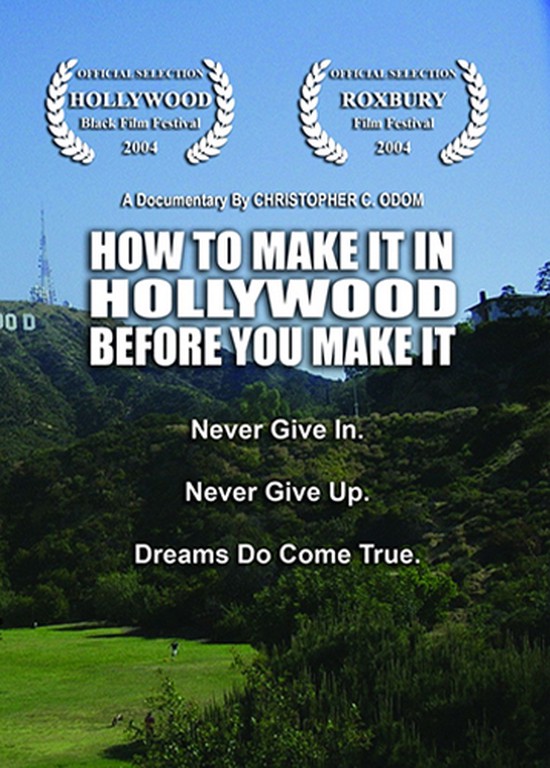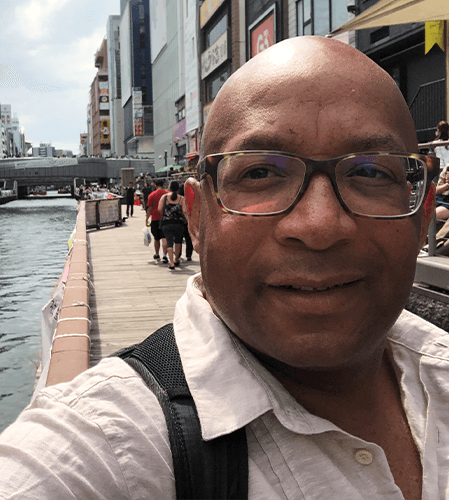Dr. Christopher C. Odom, MFA, PhD
Course Director (Equivalent of Tenured Full Professor)
Digital Cinematography BS Program, Full Sail University
Biography
Dr. Christopher C. Odom earned his PhD in Texts & Technology, Digital Media at the University of Central Florida; his MFA in Film and Television from the University of California, Los Angeles; and his BA in Film and Video Production from Georgia State University.
Throughout Dr. Odom’s 30-year career in the entertainment industry, as a filmmaker, Dr. Odom has produced, directed, written, shot, and/or edited +500 short and longform creative projects. In addition, for over a decade as a Course Director at Full Sail University, Dr. Odom has supervised and developed an additional +500 student short scripts and films.
A published author and domestic and international award-winning filmmaker and voiceover talent, Dr. Odom’s work has appeared in major cities worldwide, including Cannes, Berlin, Toronto, Tel Aviv, Barcelona, Los Angeles, and New York.
A former story analyst for Creative Artists Agency and a member of the Writers Guild of America Independent Writer’s Caucus, Dr. Odom’s directing, producing, writing, cinematography, editing, and on-camera credits include feature films with international distribution through Entertainment One, promos and trailers for the nationally televised ITVS-produced PBS series Independent Lens, and aviation news stories for Airborne-Unlimited on the Aero-News Network.
Dr. Odom recently finished his short documentary film “Justice for George Floyd: The Tipping Point?” about the visual imagery emerging on social media from the Justice for George Floyd Protests, as a social movement. The documentary has accumulated 33 international and domestic film festival awards, honors, and screenings worldwide.
Learn more about Dr. Odom’s background on LinkedIn.
Interests
- counterpublics
- critical communications
- digital activism
- social movements
- visual and multimedia culture and rhetoric
Education
PhD, Texts and Technology, Digital Media, 2019 - 2023
University of Central Florida
MFA, Film & Television, 1998 - 2001
University of California, Los Angeles
Professional Certificate, Screenwriting, 1995 - 1996
University of California, Los Angeles
BA, Film & Video Production, 1993 - 1994
Georgia State University
